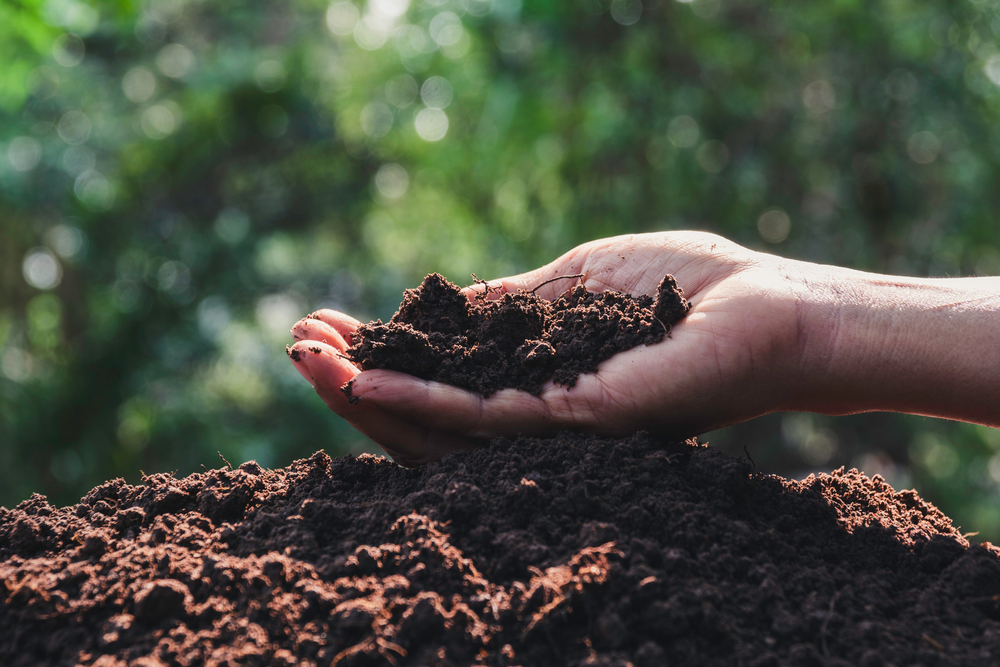Will Garden Centres be Peat Free by 2024? Everything We Know
Posted by Amber Williams on 12th May 2023

The UK Government has announced that garden centres are to stop selling peat compost by 2024.
After this ban, you will only be able to purchase peat-less compost from garden centres, DIY stores, and online. Peat-filled compost will no longer be on sale for home use, including any products that include peat - from compost to soil improvers.
This new legislation currently applies just to England. However, there are talks ongoing with Scotland, Wales, and Northern Ireland to enact this ban across the entire United Kingdom.
That being said, some plants grown in garden centres will still be potted into peat-filled compost. This is due to growers and suppliers still having access to peat compost after the ban, but it is said that the government is to have conversations with them soon to help completely eradicate peat across garden centres.
What Does This Mean?
Is this new change going to harm growers? The short answer is no - in fact it's the opposite. Many growers prefer peat products, and those making the change to peat-less compost have stated that you can tell the difference. However, the positive effects going peat-free will have on the environment will outweigh the negatives.
You may be wondering, why is the government banning peat? Here’s a quick explanation.
Peatland stores carbon dioxide. It is predominantly made up of moss, which naturally locks this carbon in. However, when peat is harvested, oxygen makes its way through the peat, which makes it break down quickly. This causes the locked-in carbon dioxide to be released into the atmosphere. According to Which?, this process can release around '13 tonnes of carbon per hectare every year'.
However, peatlands are habitats for plants and animals alike. When these bogs are harvested and drained, the ecosystem is at a loss.
Originally, this ban was to be put into place in 2010, but the government denied its approval. It was then extended to 2020 to ‘help manufacturers develop good quality alternatives’ (according to Which?). As this was also missed, there has been a bit of an uproar by the likes of the RHS, RSPB and National Trust, who had then asked for a ban before 2025.
Although the sales of peat-filled products have already significantly reduced in just the last few years, this ban is hoped to help decrease the percentage of gardeners using peat and help them begin a search for quality alternatives.
Will The UK Be Completely Peat Free?
However, this ban won’t see a complete eradication of peat. The Government released a statement earlier this year to confirm that a complete ban won’t be achieved until 2030. Defra (Department for Environment Food and Rural Affairs) confirmed in March 2023 that ‘some peat-containing products will be banned from shelves in 2027, others will be exempt from a ban until 2030’ (The Wildlife Trusts).
Ailis Watt, peat policy officer at The Wildlife Trusts said: “Last year we welcomed the news that the UK Government would ban the sale of bagged peat compost in England by the end of 2024. The Wildlife Trusts hoped that a ban on all peat products would follow shortly after this date.
“These precious habitats are vital for nature and for our climate because they store vast amounts of carbon and are home to some of the UK’s most special wildlife. We need to see far greater levels of ambition if the UK is to relinquish its status as one of the most nature-depleted countries on Earth or come close to achieving net zero emissions by 2050. Peatlands must be better protected as a matter of urgency.”
Whatever side of the argument you're on, it's clear that the positives of being peat-free can outweigh the negatives.
How to Grow Plants in Peat-Free Compost
What is the main difference found between peat compost and peat-free compost? We hear you ask.
Most notably, peat compost can hold more moisture than compost without. This is a common complaint and argument against the use of peat-free compost. However, this can be solved easily by being more diligent about when you water your plants and how you check when your plants need a good soaking.
For example, you can check to see if compost is dry underneath the surface by digging your finger in. If it's dry throughout, the plant needs some water. Another complaint against peat-free compost is that the soil on top looks watered but is actually dry underneath. The above method can help you check this easily.
Liquid feeds and slow-release fertiliser are said to help provide your plants with the recommended amount of nourishment, especially as flowering begins to die down. Follow the instructions on the back for recommended dosages.

